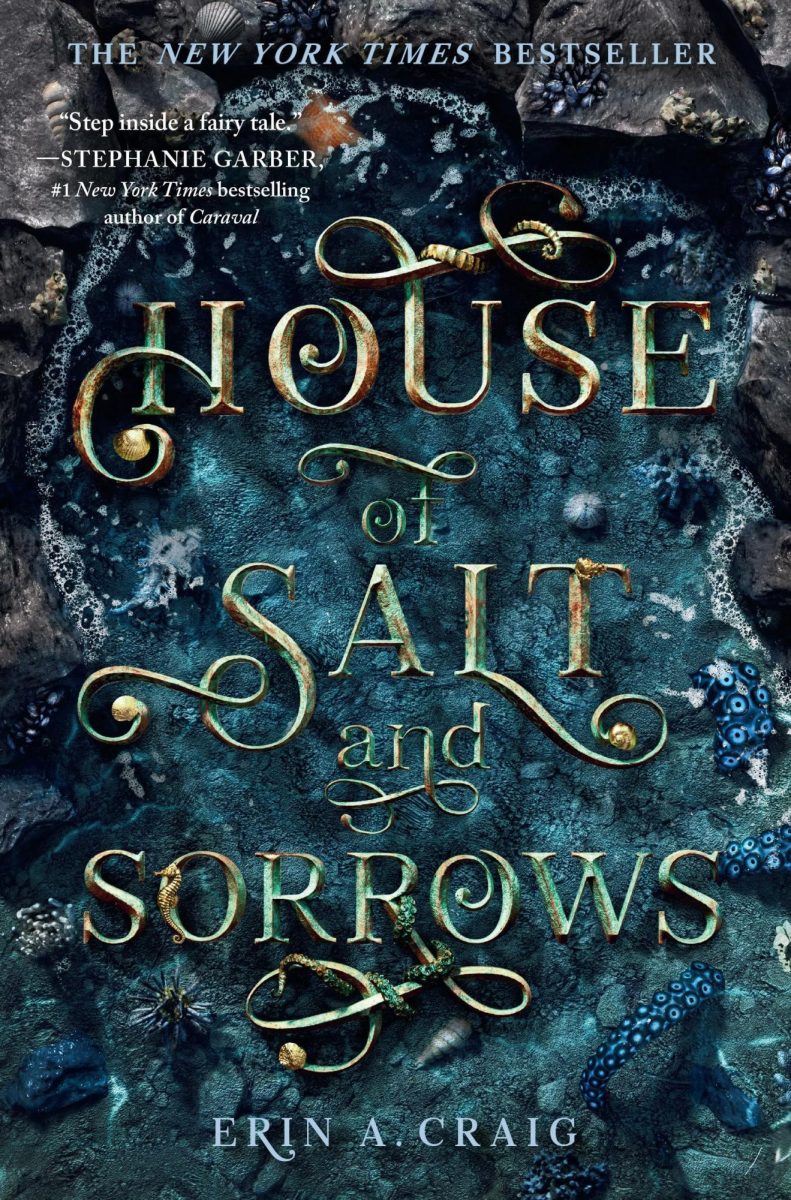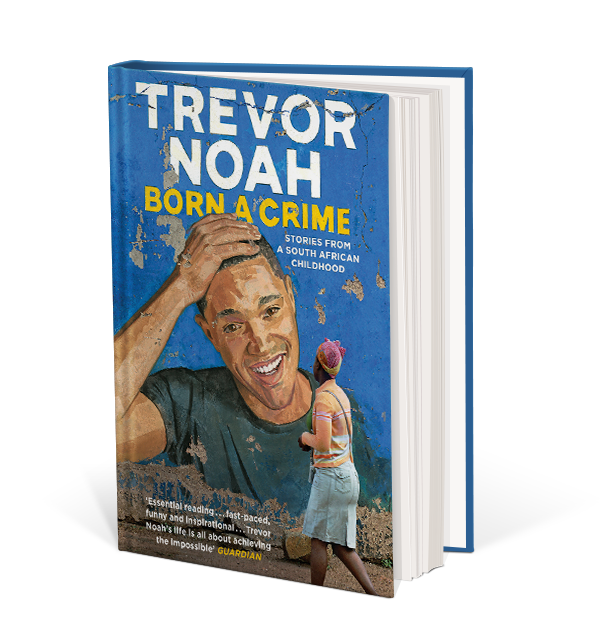The History of Santa Claus
December 6, 2020
We all know dear old Santa Claus. The jolly old soul who lives in the North Pole and delivers all the presents for the good boys and girls in the world. The one who eats all the cookies and rides on his sleigh. He’s the man of the hour on Christmas day. With his eight reindeer and a huge bag of toys, it’s hard to miss him. But, have you ever wondered where Santa Claus originated from? I sure have. What’s the history behind the man who brings a smile on all of our faces?
It all began with St. Nicholas in the 3rd century when he walked the earth and became the patron saint of children. St. Nicholas was admired for his piety and kindness. Bishop Nicholas became known for his generosity to those in need, his love for children, and his concern for sailors and ships. Many called him the protector of children. He was a bishop renowned for gift giving and leading to the custom of children hanging stockings. According to History.com, “ The legend of Santa Claus can be traced back hundreds of years to a monk named St. Nicholas.” Two New- Yorkers, Clement Clark Moore and Thomas Nast were the main influences on the Santa Claus we all know and love today. The article explains that, “The name Santa Claus evolved from Nick’s Dutch nickname, Sinter Klaas, a shortened form of Sint Nikolaas (Dutch for Saint Nicholas).” When Santa Claus was first being created he didn’t look like the modern, jolly Santa Claus. This Santa Claus wore fur, smoked a pipe, was skinny, an elf, and had a small bag of toys. That was until Clement Clark Moore came around. He was a New York professor that had an idea that would almost single-handedly change Christmas forever. In 1822, he wrote a famous poem called “A Visit from St. Nicholas” which is now known as “The Night Before Christmas.” With that poem alone he created the modern American vision of Christmas. But, Moore did not give Santa the important factors like the naughty or nice list, a North Pole Workshop, no elves, and no letters from kids. Thomas Nast, a New York illustrator, played this important role in creating the new vision for Christmas. Thomas Nast took Morre’s Santa and produced a different version in 1862. He was working for Harper’s weekly, when they commissioned Nast to draw the Christmas illustrations for the magazine. He transformed Moores elf into a different Santa Claus. Over time, he added the other important factors that we all know. All this led up to the Santa that has been known for generations.
All in all, a lot of time and effort went into making the modern image of Santa Claus. He is a huge part of Christmas for many families in the world. He will always be remembered for generations to come. He is bringing happiness to many children and he keeps them in shape. I hope the legacy of Santa will never be forgotten.




























